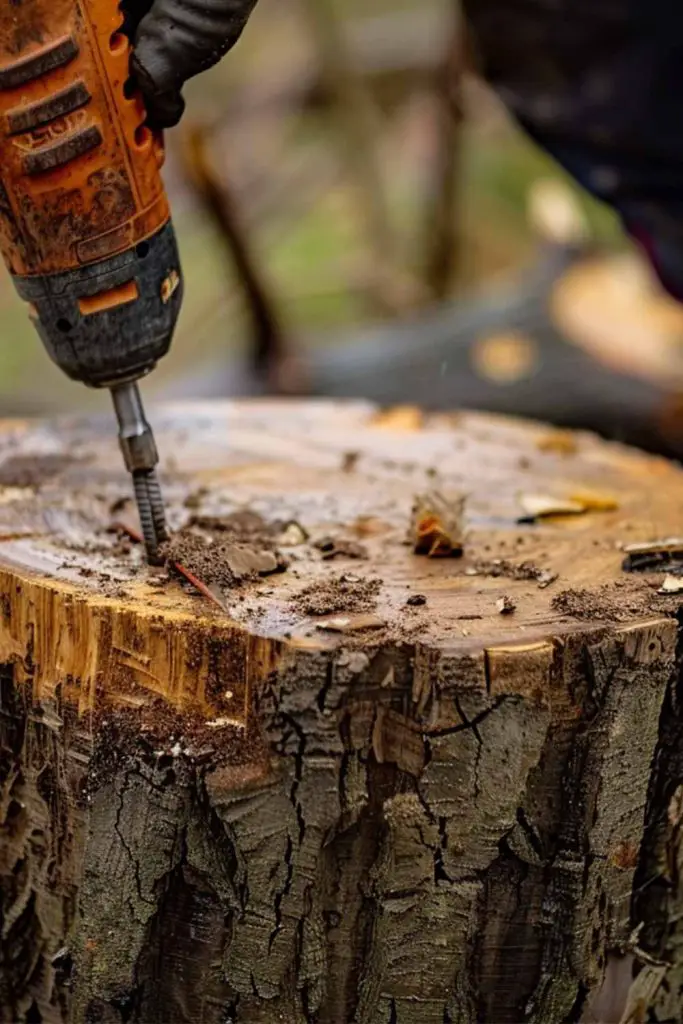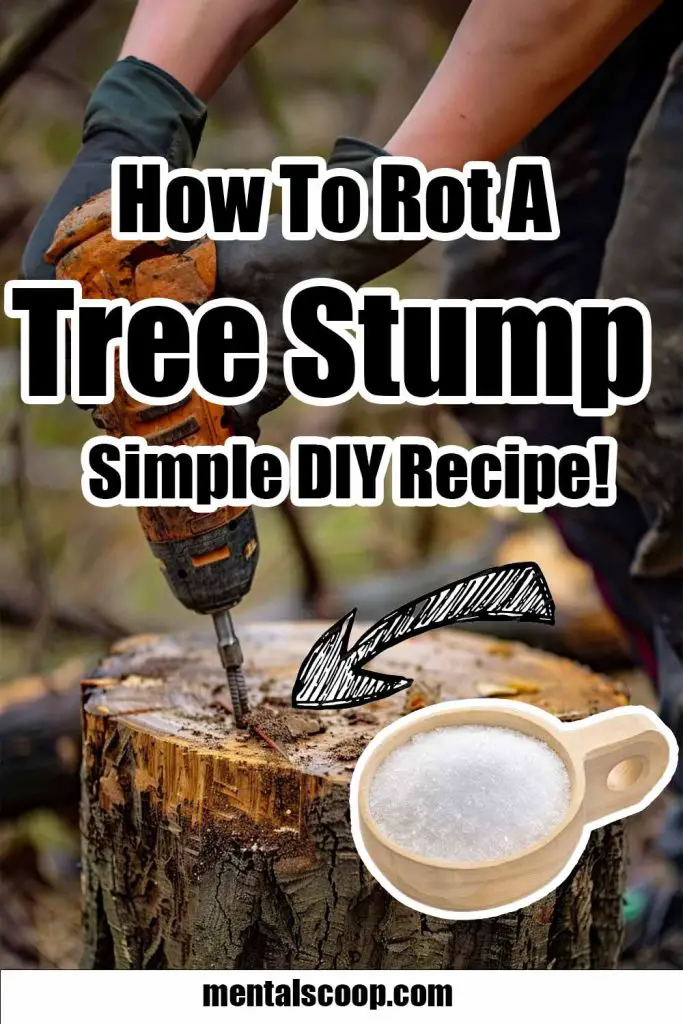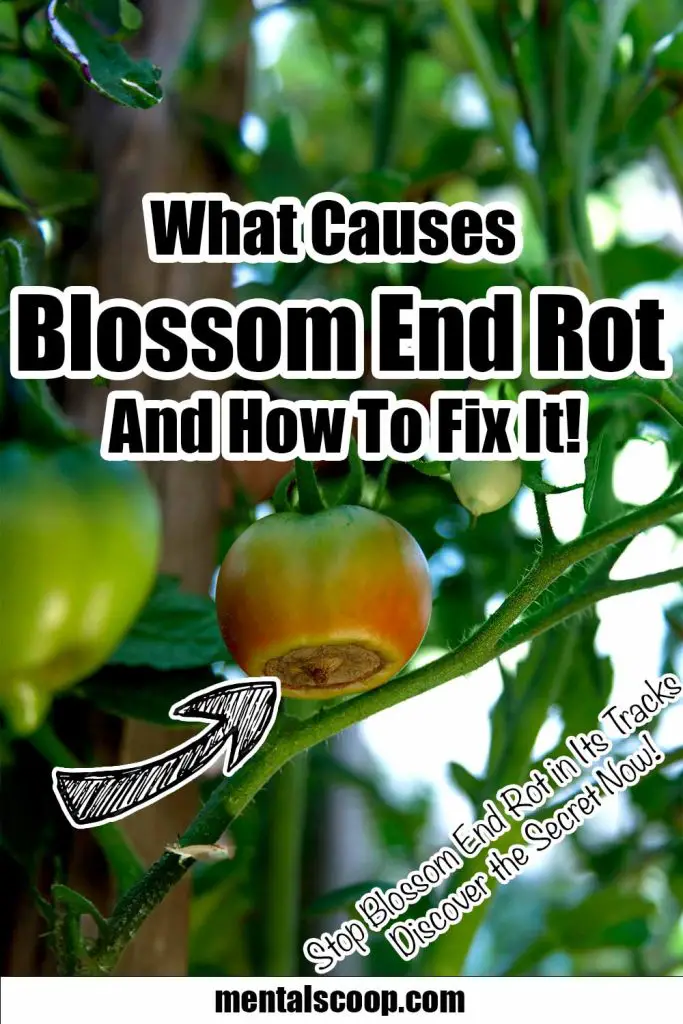How To Rot A Tree Stump – DIY Recipe!

Tree stumps can be a nuisance in your yard, posing tripping hazards, ruining the aesthetic, and even sprouting new growth. While there are professional services available to remove tree stumps, a DIY approach can be both cost-effective and satisfying.
Here’s a detailed guide on how to rot a tree stump using household materials and some patience. Follow these steps, and you’ll have that stump gone in no time!
Why Rot a Tree Stump?
Before diving into the how-to, it’s essential to understand the why. Rotting a tree stump is an eco-friendly and natural method to decompose the wood. It avoids the use of heavy machinery or chemical stump removers that could harm your garden.
Plus, it allows the organic matter to return to the soil, enriching it and promoting healthier plant growth.
Essential Tools and Materials
To begin your DIY stump rotting project, gather the following materials:
- A drill with a large bit
- Epsom salt or rock salt
- Water
- A tarp or plastic sheet
- Mulch or compost
- A garden shovel or hoe
- Safety gear (gloves and safety glasses)
Preparing the Stump
Preparation is key to speeding up the rotting process. Start by trimming the stump as close to the ground as possible using a saw. The smaller the stump, the quicker it will decompose. Next, use your drill to create holes in the stump.
Drill holes about 1 inch wide and 8-10 inches deep, spaced 2-3 inches apart. These holes will help the rotting agents penetrate deeply into the wood.
Applying the Rotting Agents
Fill the holes with Epsom salt or rock salt. Epsom salt is preferred because it contains magnesium and sulfur, which promote decomposition while being less harmful to surrounding vegetation. Pour the salt into each hole, filling them to the top.
For added effectiveness, you can mix the salt with water to create a solution before pouring it into the holes.
Covering the Stump
After applying the salt, it’s crucial to keep the stump moist and covered to enhance the rotting process. Soak the stump with water, ensuring the salt is fully dissolved and penetrating the wood. Cover the stump with a tarp or plastic sheet to retain moisture.
Secure the edges with rocks or bricks to prevent the cover from being blown away by the wind.
Adding Organic Material
To accelerate decomposition, add a layer of mulch or compost on top of the covered stump. Organic materials provide microorganisms that aid in breaking down the wood fibers. Spread a thick layer (about 3-4 inches) of mulch or compost over the tarp.
This not only keeps the area moist but also supplies the nutrients needed for microbes to thrive.
Regular Maintenance
Patience is key in this DIY method. The stump will not rot overnight, and it requires regular maintenance to ensure successful decomposition. Check the stump periodically, about once a month, to ensure it remains moist.
Add more water and salt if necessary, and re-cover the stump to maintain an ideal environment for rotting.
Speeding Up the Process
While the natural rotting process can take several months to a year, there are ways to speed it up. Consider drilling additional holes or widening existing ones to allow more salt and moisture to penetrate the stump.
Additionally, applying a nitrogen-rich fertilizer around the stump can boost microbial activity and expedite decomposition.
Final Steps: Removing the Rotting Stump
Once the stump has significantly decayed and softened, it’s time for the final removal. Use a shovel or hoe to break up the rotted wood.
The stump should crumble easily, allowing you to remove large chunks. Continue digging and breaking apart the stump until you reach the roots. You may need to use an axe or saw to cut through larger, more stubborn roots.
Dispose of the rotted wood pieces in your compost bin or green waste container. Fill the hole left by the stump with soil and level the ground. Consider planting grass, flowers, or even a new tree in the space to revitalize your garden.
By following these steps, you’ll successfully rot a tree stump and reclaim your yard space. Not only is this method cost-effective and eco-friendly, but it also provides a hands-on project that connects you with your garden. Happy rotting!

More interesting articles you may be interested in reading:

